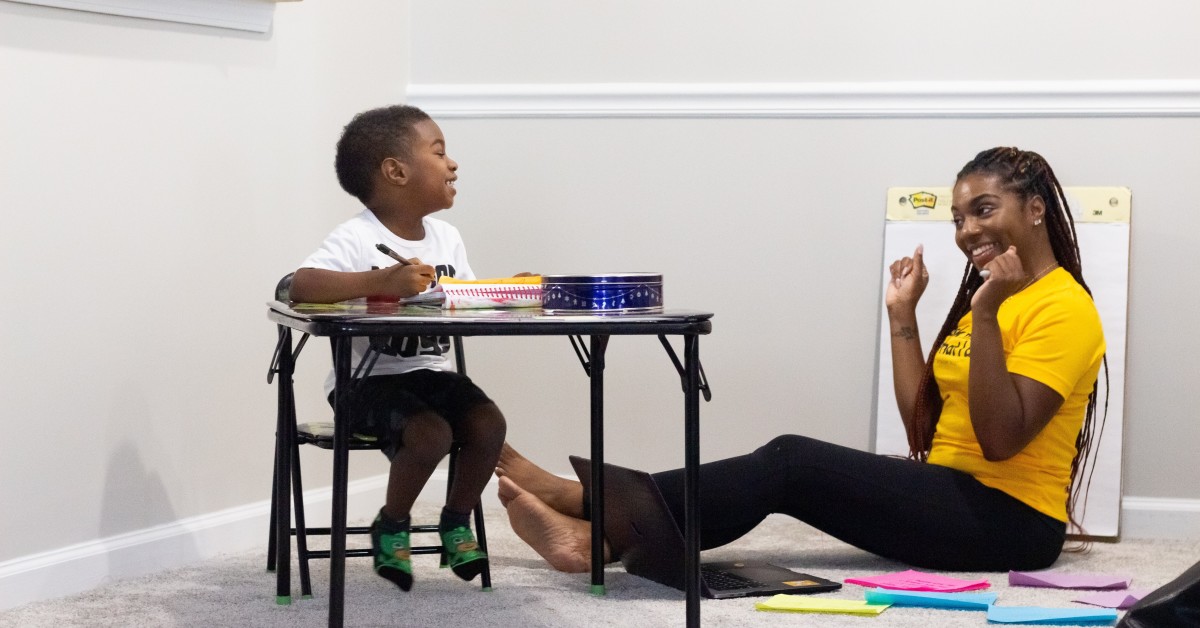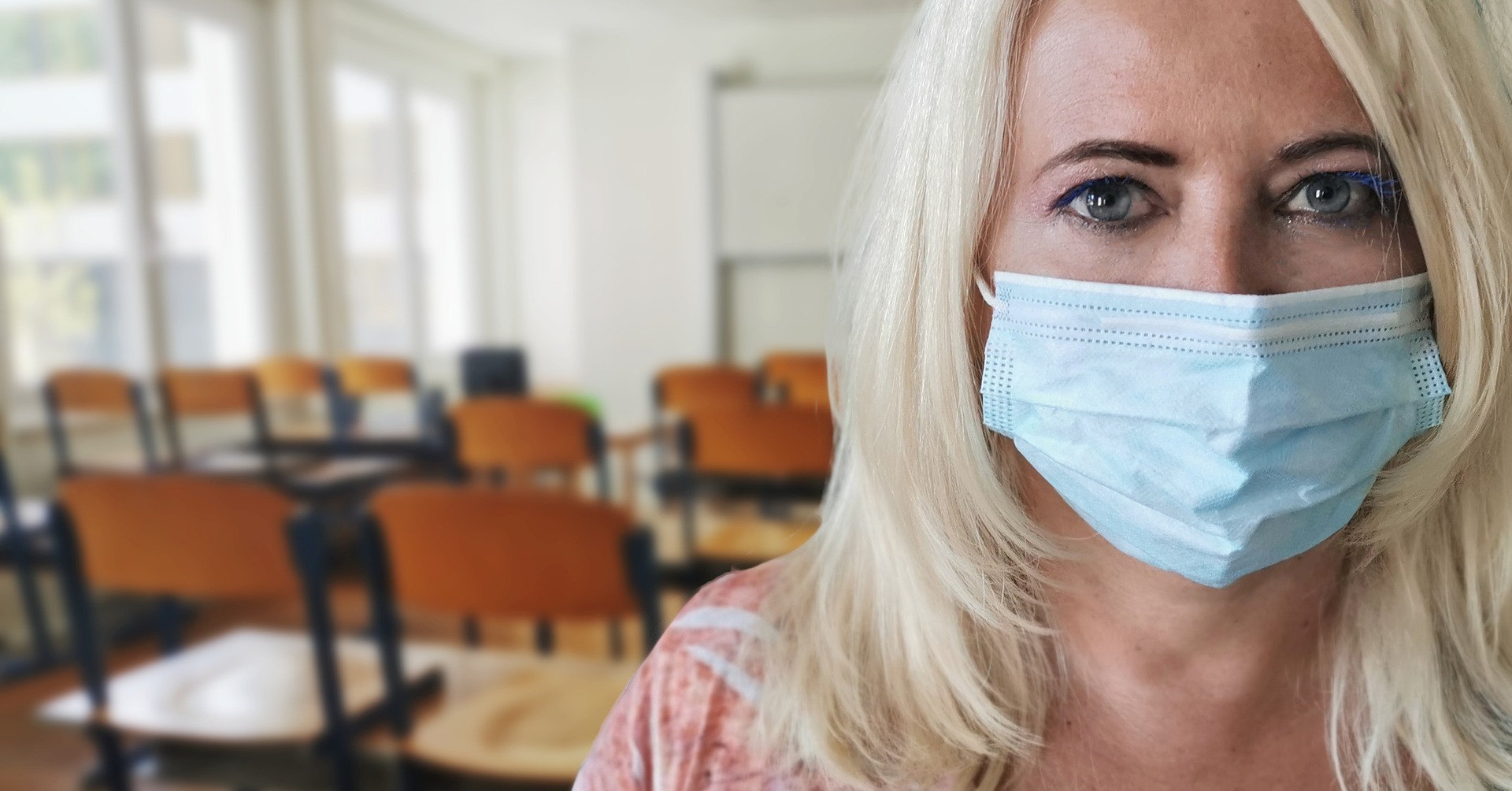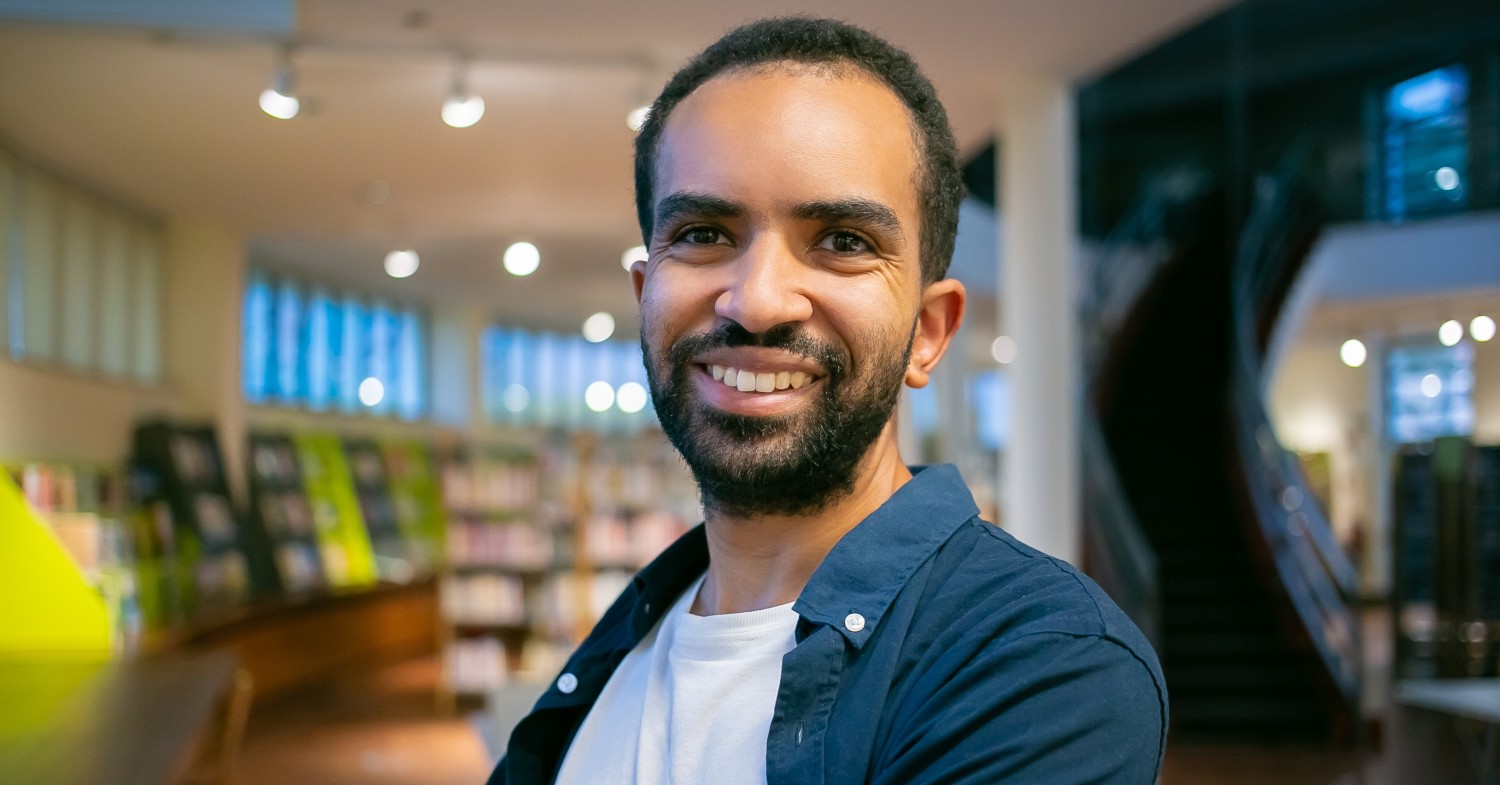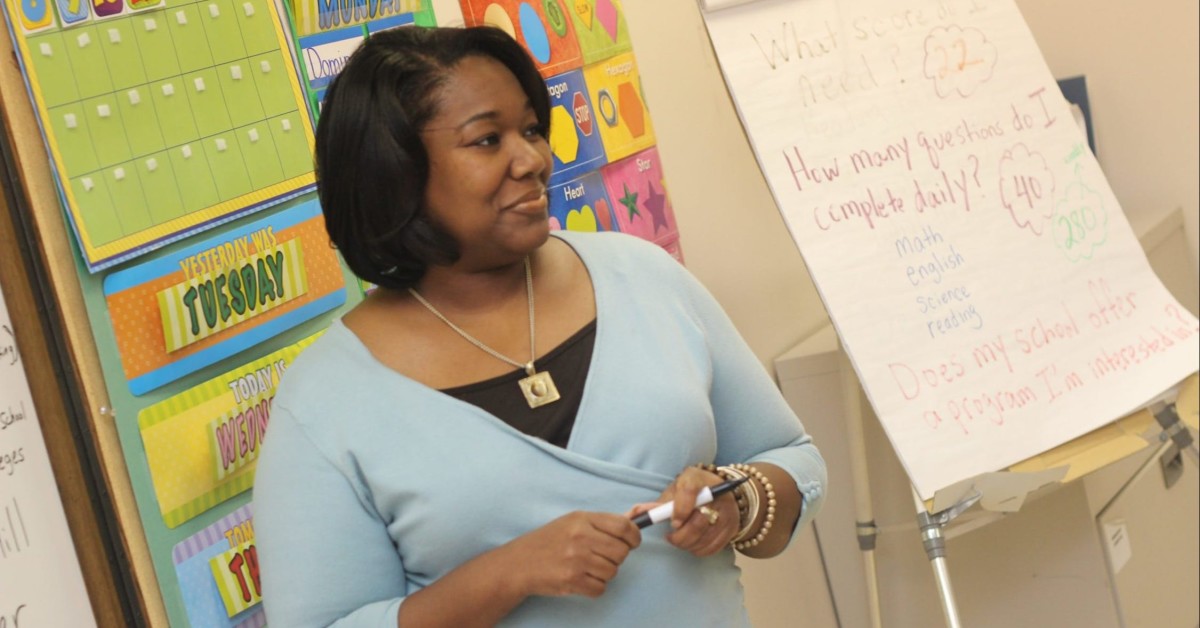
How Adding Minority Teachers Benefits All Students
Students of color perform better when at least one of [...]
This website may earn a commission if you make a purchase after clicking on a product link in this article
All special education teachers know the importance of looking beyond their students’ perceived limitations and believing in their potential. Take, for example, the story of French physician Jean-Marc Gaspard Itard and his student Victor, which serves as one of the earliest known examples of special education methods being used in a way similar to the way we use them today.
Most special education teachers learn about Itard and his pupil (if they learn about them at all) when they are well into their course work for their teaching credential. This is a shame, because the story of Itard and Victor is not only a glimpse at the history of educational and behavioral interventions, but it is also the story of an educator seeing a student for who that student is, rather than looking only at their disabilities.
So, what can we learn from Victor and Itard, and why do they matter to the practice of special education today? It all began with rumors of a wild boy roaming the dense woods near Aveyron, France, at the turn of the 19th century.
Rumors of a feral child roaming the dense woods near Aveyron, France, sneaking around in people’s gardens and begging for food started in 1799. Then in January of 1800, a “wild boy” of about twelve years old was captured and brought to an orphanage in Paris. When the boy arrived, he was dirty, and he didn’t care what his food looked like, he convulsed and rocked in his cage, and tried to hide from everyone. Almost immediately, he was diagnosed as an “incurable idiot” that was only fit for an institution, which was common for people who would now be known as someone with an intellectual disability.
| University and Program Name | Learn More |
|
Merrimack College:
Master of Education in Teacher Education
|
Enter Jean-Marc Gaspard Itard, a French physician, who worked at the Institution of the Deaf and Dumb in Paris. While there was established treatment for people who were considered mute or hard of hearing, there were much lower expectations for people like Victor, who society called “idiots” or “imbeciles.” They would often be locked away in workhouses or prisons.
Itard felt differently about the boy, and hypothesized that he had simply experienced a lack of contact with the world. Theories of how the child survived so long in the woods and his deprivation of perception abounded. Victor was practically non-verbal, couldn’t focus his eyes on one thing for long, didn’t respond to sound, and he couldn’t discern different smells.
Knowing that Victor was in danger of being hidden away from society for good, Itard brought Victor to live with him, and devoted himself to Victor’s education. Itard reflected on Victor’s social deficiencies, lack of senses, language impairment, and lack of communication system, and the program that Itard ultimately developed for Victor essentially constituted the first Individualized Education Program.
The objective-based education plan included five “aims” for the student:
Itard initially thought he was successful because Victor was so engaged in his lessons, although he never did learn to speak more than a few words. He taught Victor how to request water by saying, “eau.” Itard used the strategy he called the “Imperious Law of Necessity,” what students of psychology would now know as operant conditioning. He would wait to give water to Victor until he said the correct word and pronunciation.
Though Victor didn’t learn the specific term “eau,” he did say “lait,” the French word for milk, and “Oh Dieu,” which means Oh God. This confirmed what scientists know about how language develops and that it is much more challenging to learn expressive language later in life, after early childhood. What Itard did succeed at, though, was teaching Victor to communicate his wants and needs non-verbally with gestures.
Itard did not limit his interactions with Victor to only instruction. One of his chief aims for him was to expose him to more social interaction. He would often spend time playing with Victor, noting that “…just after he has gone to bed, his first movement is to sit up for me to embrace him, then to draw me to him by seizing my arm and making me sit upon his bed, after which he usually takes me hand, carries it to his eyes, his forehead, the back of his head, and holds it with his upon these parts for a very long time….” (Itard’s memoir). This would often evolve into bursts of laughter from both of them, and Itard cherished these moments of playtime.
This touching scene of teacher/guardian and student/child reminds us that relationships are crucial in education, no matter if you are teaching neurotypical children or not. While Victor may or may not have had a disability, the environment he lived in caused him to have deficit areas of social interaction, language, and sensory needs.
As educators (and pre-service teachers), we can look back at this first case of specialized instruction and glean a few insights.
Against all the odds, Itard thought that he could make a difference for Victor and his life. And even though by his own standard, he felt he was a failure, Victor made progress toward his goals. As educators, we can take solace that even from the beginning, special education won’t fix everything, but if we can increase the quality of life for our students, it is a worthwhile effort.
When you look at the goals that Itard setup for Victor, they look eerily similar to some of the goals for students with disabilities. Even the methods of instruction are comparable, like enticing language by removing an object that the student wants or contriving a situation where they have to communicate what they want. One would hope that we have developed more sophisticated interventions and that there is still more to learn about students with disabilities.
How do you think Victor’s life would have been different if he had peer models while Itard was teaching him language and socialization? While this is merely conjecture, what we know about generalization would lend itself to Victor learning expected behavior by observing his peers.
No matter how significantly disabled a person is, human interaction and belonging are essential to growth. We see this with Itard’s example in his memoir. This should remind us to always look for opportunities to include our students with nondisabled peers.
Questions or feedback? Email editor@noodle.com

Students of color perform better when at least one of [...]

Women in school leadership roles foster collaborative environments. They're also [...]

A bachelor's or master's degree in library and information science [...]

Though most schools and educators are excited about returning to [...]

The beauty of online teacher residency programs is that after [...]
Categorized as: Special Education, Education & Teaching